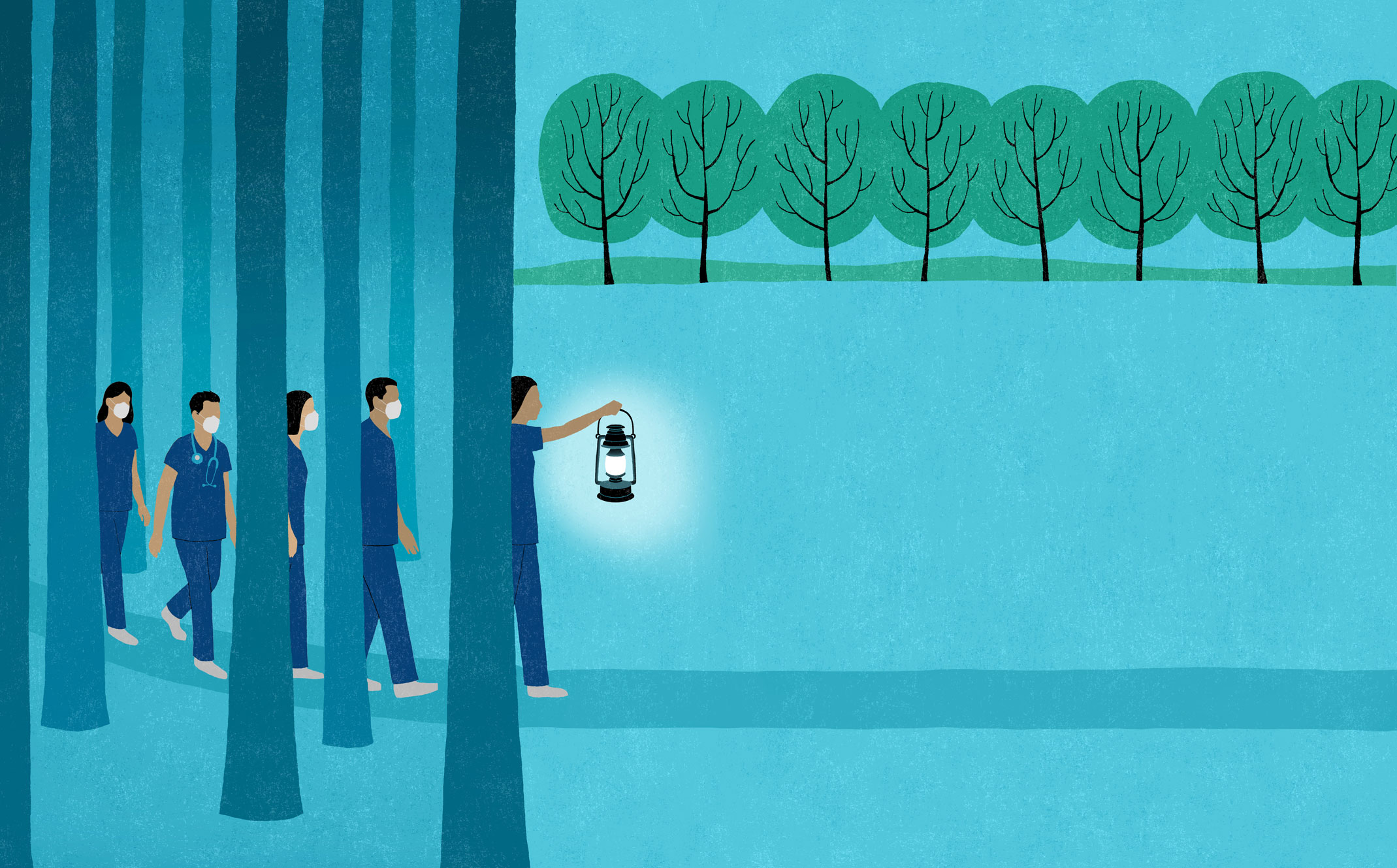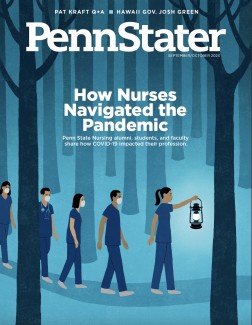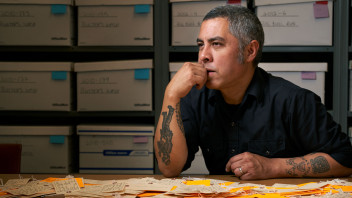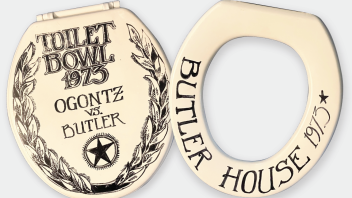How Nurses Navigated the Pandemic
The COVID-19 pandemic brought new appreciation to the profession, even as it created unprecedented challenges. For Penn State Nursing alumni, students, and faculty, adapting to those challenges meant learning new ways of taking care of patients—and of themselves.



